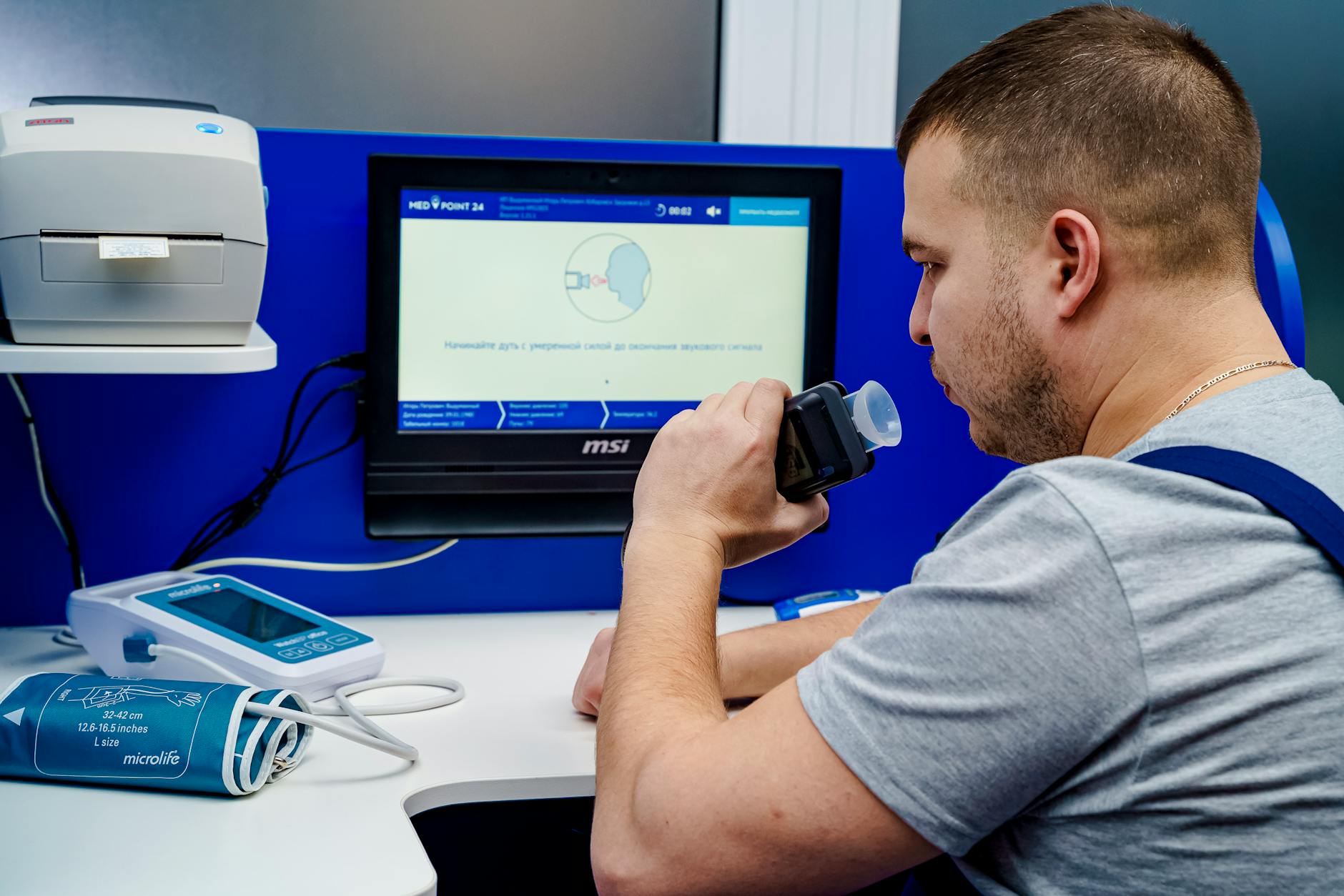Uncover the truth behind how many beers it really takes to get drunk as we delve into the science of intoxication.

Image courtesy of MedPoint 24 via Pexels
Table of Contents
When it comes to alcohol consumption, the question of how many beers it takes to get drunk is a common curiosity for many. While the answer may vary depending on the individual, there are underlying factors that play a crucial role in determining the level of intoxication experienced. In this blog post, we will delve into the science behind alcohol metabolism, individual tolerance levels, and various factors that influence drunkenness.
Alcohol Metabolism
Alcohol metabolism is a complex process that occurs in the liver. When alcohol is consumed, enzymes in the liver break it down into acetaldehyde and then further into acetate, which is eventually converted into carbon dioxide and water. The rate at which alcohol is metabolized can vary depending on factors such as age, gender, weight, and metabolism rate.
Individual Tolerance Levels
One of the key factors that influence how many beers it takes to get drunk is an individual’s tolerance level. Tolerance to alcohol can be influenced by genetics, as well as previous exposure to alcohol. Individuals who regularly consume alcohol may have a higher tolerance compared to occasional drinkers. Factors such as liver function and enzyme activity can also play a role in determining an individual’s tolerance level.
Factors Influencing Intoxication
Various factors can influence the level of intoxication experienced after consuming alcohol. One significant factor is food consumption. Eating a meal before drinking can slow down the absorption of alcohol, while drinking on an empty stomach can lead to quicker intoxication. Staying hydrated is also crucial, as alcohol can dehydrate the body and worsen the effects of intoxication.
The type of alcohol consumed and the speed at which it is consumed can also impact drunkenness. Mixing different types of alcohol can increase the risk of intoxication, as can rapidly consuming large quantities of alcohol. Additionally, certain medications can interact with alcohol and amplify its effects, leading to quicker intoxication.
In conclusion, the question of how many beers it takes to get drunk does not have a one-size-fits-all answer. The level of intoxication experienced can vary greatly depending on individual factors such as alcohol metabolism, tolerance levels, and external influences. It is important to drink responsibly, know one’s own limits, and take into consideration the various factors that can influence intoxication to ensure a safe and enjoyable drinking experience.
Frequently Asked Questions
How many beers does it take to get drunk?
The number of beers required to get drunk varies based on individual factors such as metabolism, weight, and tolerance levels. On average, it usually takes around 3-5 beers for most people to start feeling the effects of alcohol.
What factors influence how drunk someone gets?
Factors such as alcohol metabolism, individual tolerance levels, food consumption, hydration, alcohol type, and speed of consumption can all influence the level of intoxication experienced after drinking.
Can mixing different types of alcohol affect intoxication?
Mixing different types of alcohol can increase the risk of intoxication as it can confuse the body’s metabolism process and lead to unpredictable effects. It is advisable to stick to one type of alcohol to better gauge intoxication levels.
How do medications impact alcohol intoxication?
Certain medications can interact with alcohol and amplify its effects, leading to quicker intoxication. It is essential to consult with a healthcare professional before consuming alcohol while on medication to understand any potential interactions and their impact on intoxication levels.
Generated by Texta.ai Blog Automation
Leave a Reply